Software Development
By: Bryan Reynolds | 27 June, 2025

Outdated software presents a significant and often overlooked cybersecurity threat due to unpatched vulnerabilities, lack of vendor support, and increased exploitability. This comprehensive analysis explores the mechanisms by which outdated software becomes a target, using real-world breaches like MOVEit, Equifax, and Log4Shell to underscore the risks. It examines vulnerability taxonomies, intelligence tracking systems, and mitigation strategies—including patch management, EOL controls, and Secure-by-Design principles. The article emphasizes that addressing outdated software is not just a technical necessity, but a critical business imperative for operational resilience and long-term cybersecurity maturity.
Read MoreBy: Bryan Reynolds | 26 June, 2025

This comprehensive guide explores the critical importance of delivering a seamless and high-performing mobile website experience in today's mobile-first digital landscape. It breaks down the common symptoms of poor mobile UX—such as slow load times, broken layouts, unreadable text, and difficult navigation—and traces them to deeper technical and design deficiencies. The article analyzes core causes, including server and client-side performance issues, poor responsive design practices, and mobile device fragmentation. It then offers a robust strategic framework covering responsive design, performance optimization, usability best practices, and cross-platform testing to help businesses enhance engagement, conversion rates, and SEO performance.
Read MoreBy: Bryan Reynolds | 25 June, 2025

This comprehensive article explores the complex and often daunting challenges organizations face when trying to scale legacy software systems. It dissects the architectural, data, technical debt, operational, and human capital issues that create significant roadblocks to scalability, while also highlighting the severe business ramifications of inaction, including financial losses, reduced agility, and heightened risk. Drawing from strategic frameworks, modernization taxonomies, and case studies like Lufthansa Technik and Python-based system upgrades, it provides actionable recommendations for transforming these outdated systems into scalable, future-ready platforms. The piece emphasizes that modernization is not a one-time fix, but a continuous journey requiring careful planning, cultural change, and investment in both technology and people.
Read MoreBy: Bryan Reynolds | 21 June, 2025

The article breaks down the real cost of offshore software development, showing how seemingly bargain hourly rates abroad are offset by hidden expenses—communication delays, exhaustive documentation, travel, cultural and legal risks, project-management overhead, quality-assurance rework, and infrastructure gaps. Using recent data, it compares “sticker price” to total cost of ownership, offers an executive checklist for vetting vendors, and explains why many B2B firms ultimately find that a local partner like Baytech Consulting delivers a lower all-in cost through cultural alignment, stronger IP protection, and faster, more agile delivery.
Read MoreBy: Bryan Reynolds | 20 June, 2025

This comprehensive guide explores the pervasive challenges and high costs associated with inefficient data entry processes and outlines a strategic framework for organizations to optimize them. By identifying root causes, standardizing workflows, leveraging automation technologies like OCR, RPA, and AI, and empowering employees through training and ergonomic design, businesses can dramatically improve data accuracy, reduce operational costs, and enhance decision-making. The article emphasizes the importance of a coordinated, phased approach and continuous performance monitoring to transform data entry from a liability into a strategic advantage.
Read MoreBy: Bryan Reynolds | 18 June, 2025
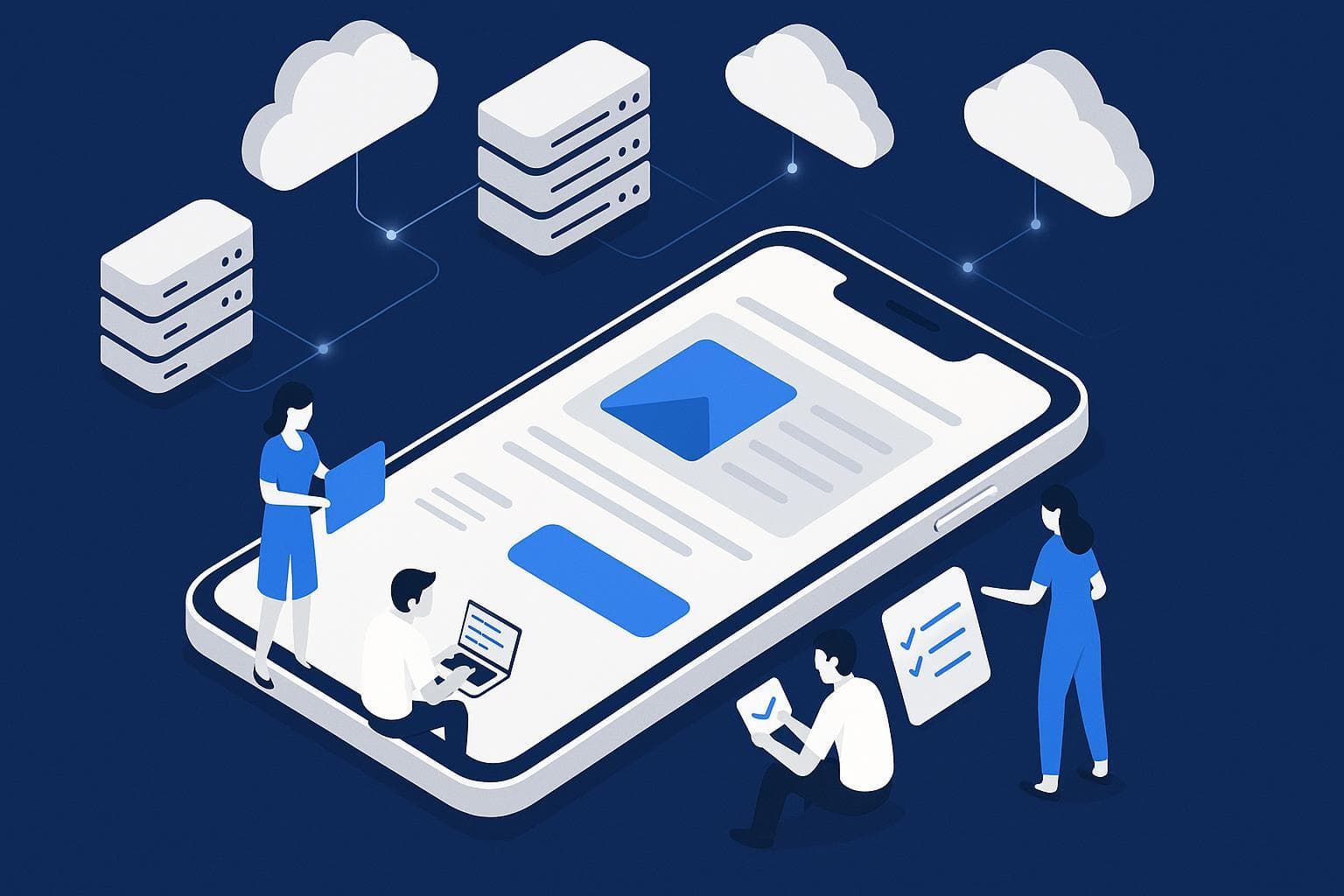
This comprehensive financial guide demystifies the full cost structure of mobile app development, offering a detailed analysis of every financial factor from upfront design and platform choices to long-term maintenance, scalability, and team dynamics. It explores how app complexity, backend infrastructure, development models, UI/UX intricacy, and security requirements influence costs, and provides comparative pricing ranges for different app types, platforms, and geographies. Importantly, the article emphasizes a lifecycle approach to budgeting—underscoring that post-launch operations, marketing, and support often exceed the initial build cost. Strategic advice is offered to help businesses invest wisely, reduce project risk, and maximize return on investment.
Read MoreBy: Bryan Reynolds | 16 June, 2025

This comprehensive guide explores the strategic, operational, and financial implications of custom CRM development compared to off-the-shelf (OTS) solutions. It details how a bespoke CRM system offers tailored workflows, full data control, enhanced integration, and scalability, making it a powerful long-term asset for businesses with unique processes or regulatory requirements. The article outlines each phase of development—from discovery to deployment—and contrasts the benefits, limitations, and total cost of ownership against popular OTS platforms like Salesforce, HubSpot, and Zoho. Ultimately, it provides a decision framework to help businesses choose the best-fit CRM strategy aligned with their goals and resources.
Read MoreBy: Bryan Reynolds | 10 June, 2025

This comprehensive analytical report explores Coder.com, a self-hosted cloud development environment (CDE) platform designed for enterprises prioritizing security, infrastructure control, and developer productivity. It examines the evolving role of the "coder" within modern software teams, delves into the platform’s unique Terraform-based infrastructure model, and compares Coder to other key CDE competitors such as Gitpod, GitHub Codespaces, and DevZero. The report outlines Coder's strategic value proposition, including enhanced security, data sovereignty, platform engineering alignment, and readiness for AI-assisted development workflows. The analysis also provides a strategic framework for deciding when Coder is the right choice based on operational complexity, compliance requirements, and organizational maturity.
Read MoreBy: Bryan Reynolds | 03 June, 2025

This in-depth article explores the evolving intersection of Artificial Intelligence (AI) and software development, highlighting how AI technologies—especially Generative AI, Machine Learning, and Natural Language Processing—are transforming every stage of the Software Development Lifecycle (SDLC). While AI significantly accelerates development, automates tasks, and enhances productivity, it also introduces new challenges related to code quality, security, transparency, and technical debt. The report outlines how the developer role is shifting toward orchestration and oversight, emphasizes the need for strategic planning, governance, and cultural adaptation, and provides practical guidance on AI integration, tooling choices, and success metrics. Ultimately, it positions the future of software development as a symbiotic relationship between human expertise and intelligent machines.
Read MoreBy: Bryan Reynolds | 02 June, 2025

This comprehensive guide explores the modern Learning Management System (LMS) as a strategic asset for organizations, detailing its core functions, evolution, deployment models, licensing types, and business applications. It analyzes the distinctions between LMS, LXP, and LCMS, evaluates leading market solutions, and compares the strategic pros and cons of building a custom LMS versus buying off-the-shelf software. Through real-world case studies in healthcare education, the article demonstrates how tailored LMS platforms can drive measurable ROI, support compliance, upskill workforces, and align learning with broader organizational goals.
Read MoreBy: Bryan Reynolds | 28 May, 2025

This comprehensive guide equips CFOs with a robust framework for evaluating the Return on Investment (ROI) of custom software development, transforming it from a perceived IT cost into a strategic financial decision. It deconstructs the full Total Cost of Ownership (TCO), outlines methods for quantifying both tangible and intangible benefits, and introduces advanced financial metrics like Net Present Value (NPV) and Internal Rate of Return (IRR) for long-term investment appraisal. Using detailed examples, it demonstrates how to apply these principles across diverse software initiatives—from automation to analytics—and emphasizes the importance of post-implementation KPI tracking for ongoing value realization. By following the outlined playbook, CFOs can ensure software investments drive measurable business outcomes and align with long-term financial strategy.
Read MoreBy: Bryan Reynolds | 27 May, 2025
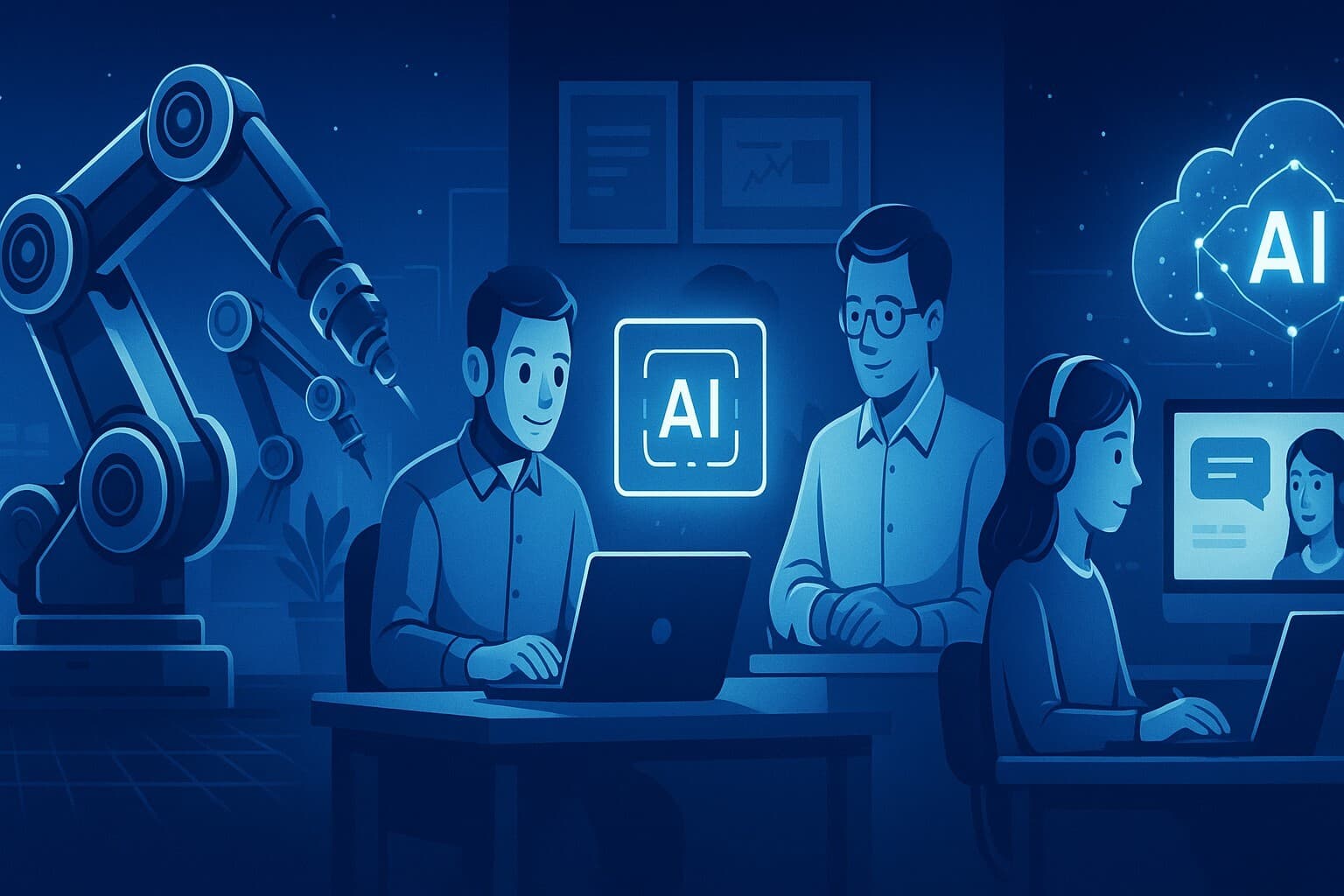
The AI landscape in 2025 marks a pivotal shift from hype to high-impact integration, with rapid performance leaps, efficiency gains, and unprecedented enterprise adoption. AI models are not only becoming dramatically more capable—excelling in benchmarks and multimodal understanding—but also vastly more accessible through efficient small language models and falling inference costs. Open-source innovation is surging alongside proprietary advancements, democratizing deployment while foundational model development remains capital-intensive and centralized. Businesses are widely adopting AI, yet struggle with deep transformation needed for maximum ROI. Meanwhile, agentic and multimodal systems promise the next frontier of automation and interaction, all unfolding amid urgent calls for responsible AI governance and rising global competition, especially between the U.S. and China.
Read MoreBy: Bryan Reynolds | 26 May, 2025
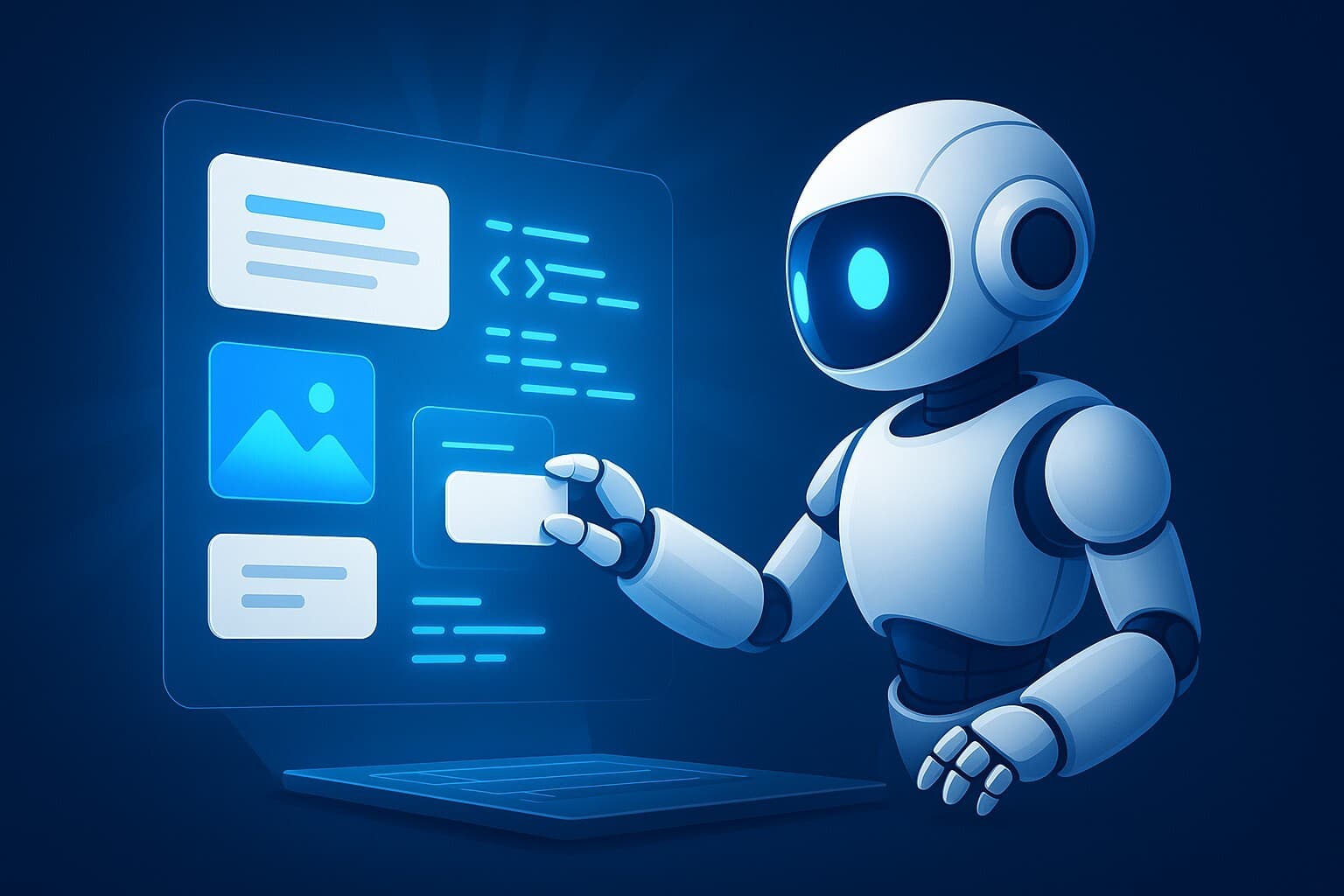
Replit is an AI-powered, cloud-based development platform designed to democratize software creation by offering an accessible, all-in-one coding environment that supports over 50 programming languages, real-time collaboration, seamless deployment, and integrated AI assistance. With tools like the Replit Agent for app generation and the Replit Assistant for in-editor support, the platform enables rapid prototyping and empowers both technical and non-technical users to build and deploy applications directly from a browser. While ideal for learners, educators, SMBs, and internal tool developers, its performance and flexibility may fall short for enterprise-grade, mission-critical workloads. Its hybrid pricing model combines free access, subscriptions, and usage-based billing, and it emphasizes security through GCP infrastructure and SOC 2 compliance.
Read MoreBy: Bryan Reynolds | 23 May, 2025

Manus AI, developed by Monica.im, is a groundbreaking autonomous AI agent designed to bridge the gap between human intention and execution by autonomously completing complex, multi-step tasks across various domains. Unlike traditional conversational AIs, Manus AI functions as a “digital employee,” planning, executing, and delivering results independently. It supports a wide range of knowledge work—from research and data visualization to content creation and software development—while offering transparency through its “Manus’s Computer” interface. Currently in invite-only beta, it boasts high performance on benchmarks like GAIA but faces challenges in reliability, enterprise security, and scalability. Despite these hurdles, it holds disruptive potential in reshaping how professionals and businesses approach automation.
Read MoreBy: Bryan Reynolds | 22 May, 2025

Loveable AI is an AI-powered development platform that converts natural language prompts into full-stack web applications, enabling rapid prototyping, MVP creation, and frontend scaffolding. It combines accessibility for non-coders with developer-friendly features like GitHub integration and Supabase-backed backend generation. While its strengths lie in speed, usability, and end-to-end app generation, it faces limitations due to a credit-based pricing model and serious security vulnerabilities, particularly the 2025 "VibeScamming" exploit that exposed its potential misuse for phishing. Loveable AI is best suited for startups, solo developers, and early-stage projects that can tolerate usage-based pricing and have low security sensitivity.
Read MoreBy: Bryan Reynolds | 21 May, 2025

This comprehensive report examines the strategic decision between Commercial Off-the-Shelf (COTS) software and custom-built solutions, presenting a clear argument for the long-term advantages of custom software development. While COTS provides lower upfront costs and quick deployment, it often limits adaptability, scalability, and strategic differentiation. Custom software, by contrast, offers superior alignment with unique business needs, fosters innovation, enables deep system integration, supports long-term growth, and creates meaningful competitive advantages. Through detailed analysis, real-world case studies, and financial comparisons—including ROI and TCO—the report equips senior decision-makers with a robust framework to evaluate software investments in alignment with strategic goals.
Read MoreBy: Bryan Reynolds | 20 May, 2025

This comprehensive report explores how custom software solutions can dramatically enhance operational efficiency for mid-sized B2B companies. It examines common challenges such as manual data entry, fragmented systems, inefficient workflows, and poor integration, and presents custom software as a strategic tool for solving these problems. Through detailed case studies, comparisons with off-the-shelf software, ROI analysis, and tailored value propositions for CTOs, CFOs, and sales and marketing leaders, the report outlines how bespoke digital solutions can streamline operations, reduce costs, improve scalability, and drive sustainable growth.
Read MoreBy: Bryan Reynolds | 19 May, 2025

This comprehensive report outlines the warning signs that a software development partner may be hindering, rather than supporting, business growth—especially for mid-market B2B organizations in sectors like finance, healthcare, and technology. It details common operational pain points such as inefficiencies, outdated systems, poor scalability, and security risks, and identifies specific partner behaviors like communication breakdowns, reactive support, and lack of strategic alignment that indicate a misfit. The report also provides frameworks, KPIs, and personas-based diagnostics to help CTOs, CFOs, and other executives assess partner effectiveness. Ultimately, it argues that switching to a growth-focused partner like Baytech Consulting may be essential to overcoming these limitations and achieving long-term, scalable success.
Read MoreBy: Bryan Reynolds | 16 May, 2025

Business owners must strategically decide whether to refactor or rebuild their software systems, a choice with significant financial, operational, and competitive implications. Refactoring involves improving the internal structure of existing code to enhance maintainability and efficiency without altering core functionality, offering lower risk and cost but limited transformation. Rebuilding, on the other hand, entails creating a new system from scratch to overcome deep technical debt, adopt modern technologies, or align with major strategic shifts, offering long-term benefits but carrying higher risk and investment. This decision should be guided by a thorough assessment of technical debt, business strategy, financial constraints, team capabilities, risk tolerance, and opportunity costs—recognizing that the optimal path depends on each company’s unique context and goals.
Read MoreBy: Bryan Reynolds | 15 May, 2025

This article explores the critical dynamics behind building a successful Minimum Viable Product (MVP), highlighting why many MVPs fail due to an imbalance between speed and architecture. It outlines the strategic importance of validated learning, identifies common pitfalls in execution, and offers actionable frameworks to balance rapid market entry with a scalable technical foundation. Through case studies and practical recommendations, it guides startups in avoiding technical debt traps and over-engineering, helping them launch smarter and build products that truly meet user needs.
Read MoreBy: Bryan Reynolds | 14 May, 2025

Selecting the right software development partner—whether onshore or offshore—is a high-stakes decision with long-term business impact. This report provides a comprehensive guide for navigating the selection process, emphasizing the importance of strategic alignment, process maturity, communication, cultural fit, and intellectual property protection. While US-based firms offer closer collaboration and legal simplicity, offshore companies provide cost efficiency and broader talent access but require stronger oversight and risk management. By focusing on holistic evaluation, rigorous due diligence, and a multi-layered IP protection strategy, businesses can identify a partner that delivers not just code, but sustainable business value.
Read MoreBy: Bryan Reynolds | 12 May, 2025
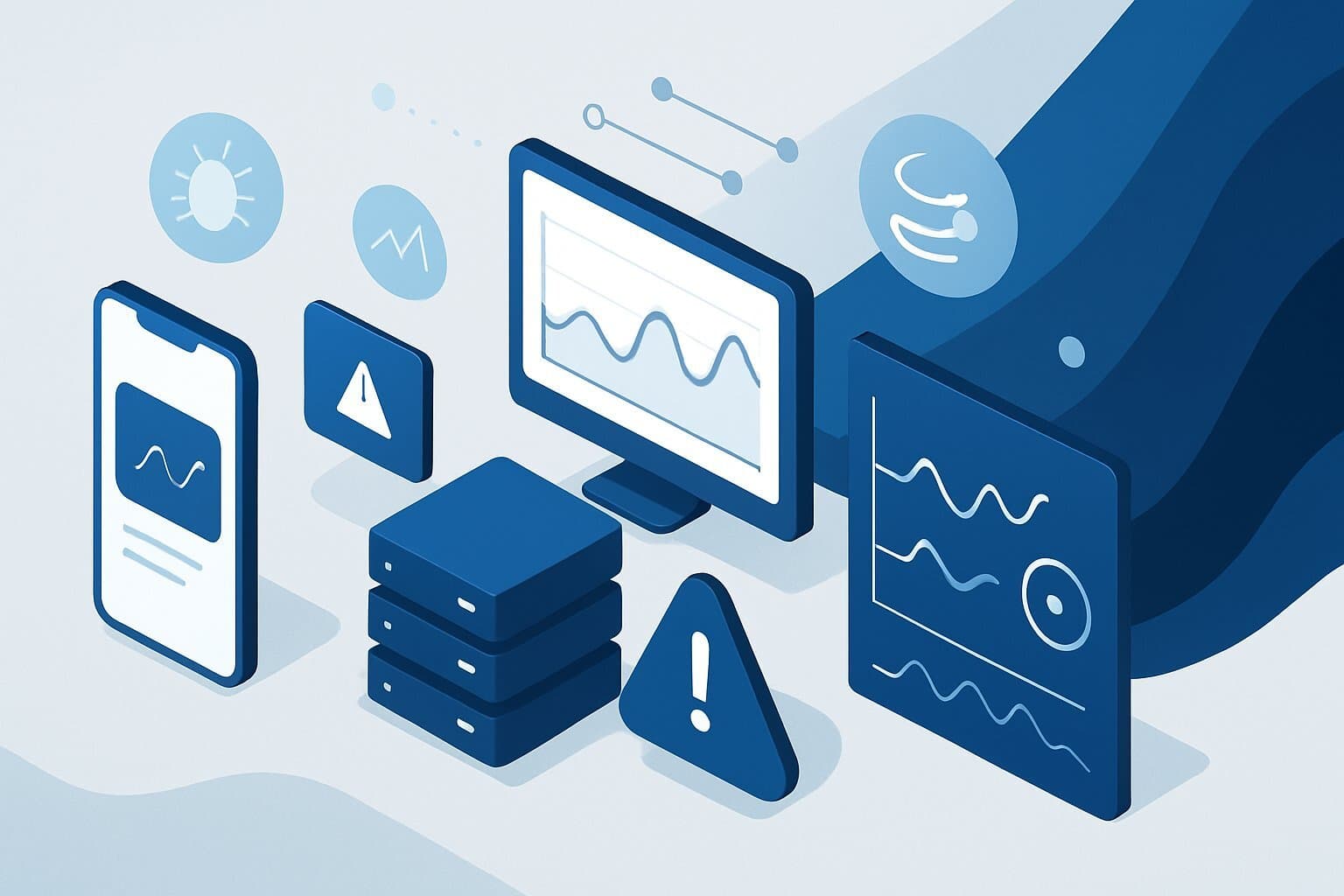
Sentry.io is a developer-focused application monitoring platform specializing in real-time error tracking and performance insights for web, mobile, and backend applications. It offers a free plan for individual developers and scalable paid plans for teams, with unique flexibility to self-host for cost control at scale. Compared to competitors like Datadog, New Relic, Rollbar, and Bugsnag, Sentry stands out for its rich developer-centric features, strong platform support, and open-source availability. For most small-to-midsize teams, Sentry’s SaaS provides the best balance of ease and cost, while self-hosting becomes financially advantageous at very high volumes.
Read MoreBy: Bryan Reynolds | 09 May, 2025

Azure DevOps is a comprehensive, all-in-one DevOps platform by Microsoft that streamlines the entire software development lifecycle, from planning and coding to building, testing, and deploying. It offers integrated services like Azure Boards, Repos, Pipelines, Test Plans, and Artifacts, making it ideal for organizations seeking efficiency, quality, and continuous delivery. Compared to alternatives like GitHub, GitLab, Jira, Jenkins, and CircleCI, Azure DevOps excels in end-to-end traceability, deep Microsoft ecosystem integration, and robust project management, though it may lag behind in community size and cutting-edge open-source features.
Read MoreBy: Bryan Reynolds | 05 May, 2025

This comprehensive analysis compares the total cost of ownership between Salesforce and custom private cloud applications for large enterprises with 500+ users. While Salesforce offers lower initial costs and faster deployment with subscription-based pricing starting at $165-$500 per user monthly, custom solutions require significant upfront investment ($150,000-$500,000+) but potentially lower long-term costs. The five-year TCO for Salesforce ranges from $4.9-$10 million depending on add-ons, while custom solutions range from $1.2-$3.6 million with varying development and maintenance costs. Organizations should consider their customization needs, growth trajectory, data sovereignty requirements, and budget constraints when making this strategic decision.
Read MoreBy: Bryan Reynolds | 02 May, 2025
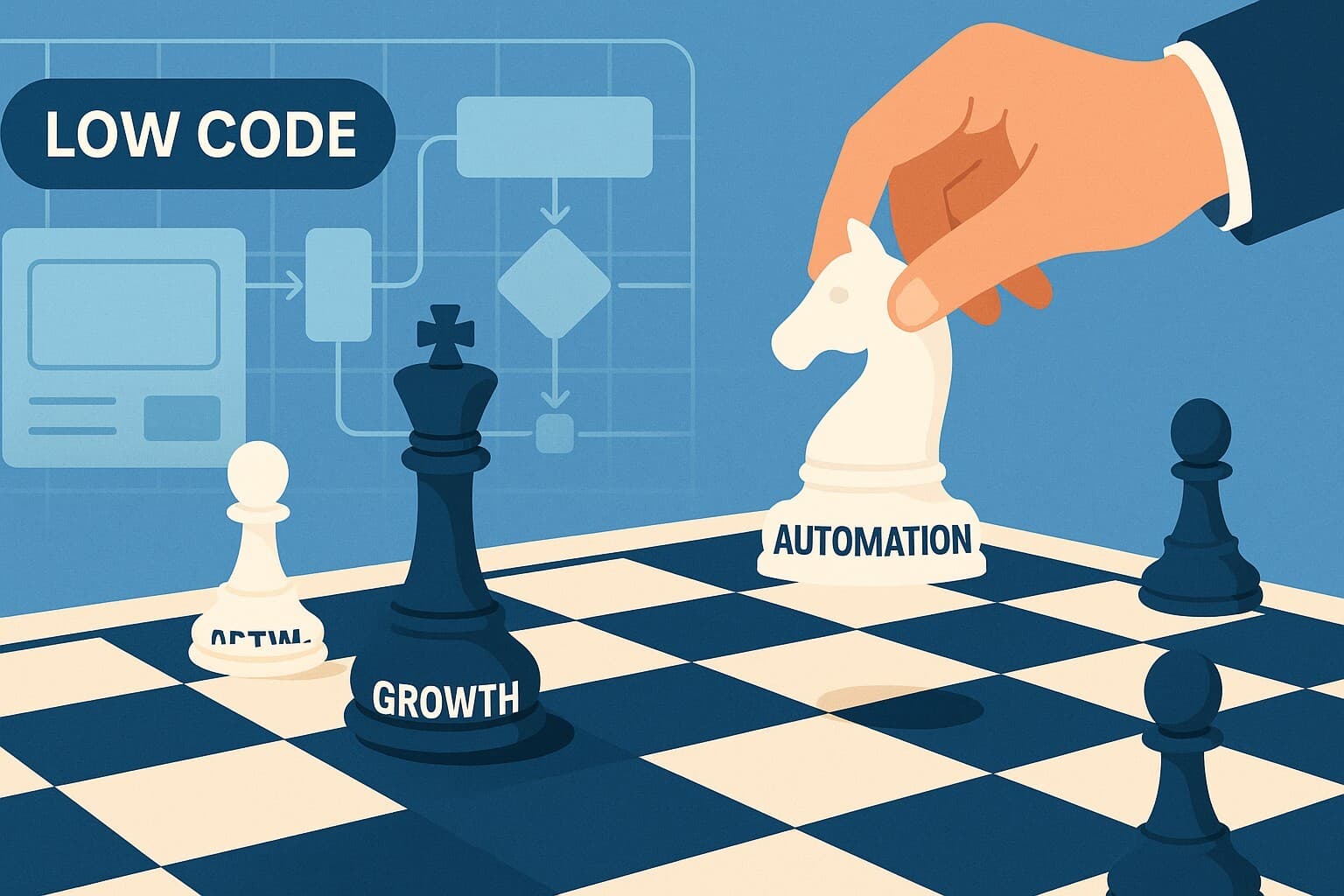
This comprehensive report examines the rise of low-code development platforms in the digital landscape, analyzing their significant benefits alongside inherent limitations that organizations eventually encounter. While these platforms offer accelerated development and empower non-technical users, they face challenges in scalability, customization, vendor lock-in, integration with legacy systems, security vulnerabilities, and performance bottlenecks as applications grow more complex. The analysis identifies scenarios where low-code approaches fall short, explores future trends including AI integration and enterprise-grade capabilities, compares leading platforms, investigates common reasons for project failure, and provides strategic recommendations for successful implementation. With the global low-code market projected to reach $187 billion by 2030, organizations must carefully navigate these platforms' strengths and limitations through strategic planning, hybrid development approaches, robust governance frameworks, and prioritization of security and scalability to harness their potential while effectively mitigating associated risks.
Read MoreBy: Bryan Reynolds | 01 May, 2025
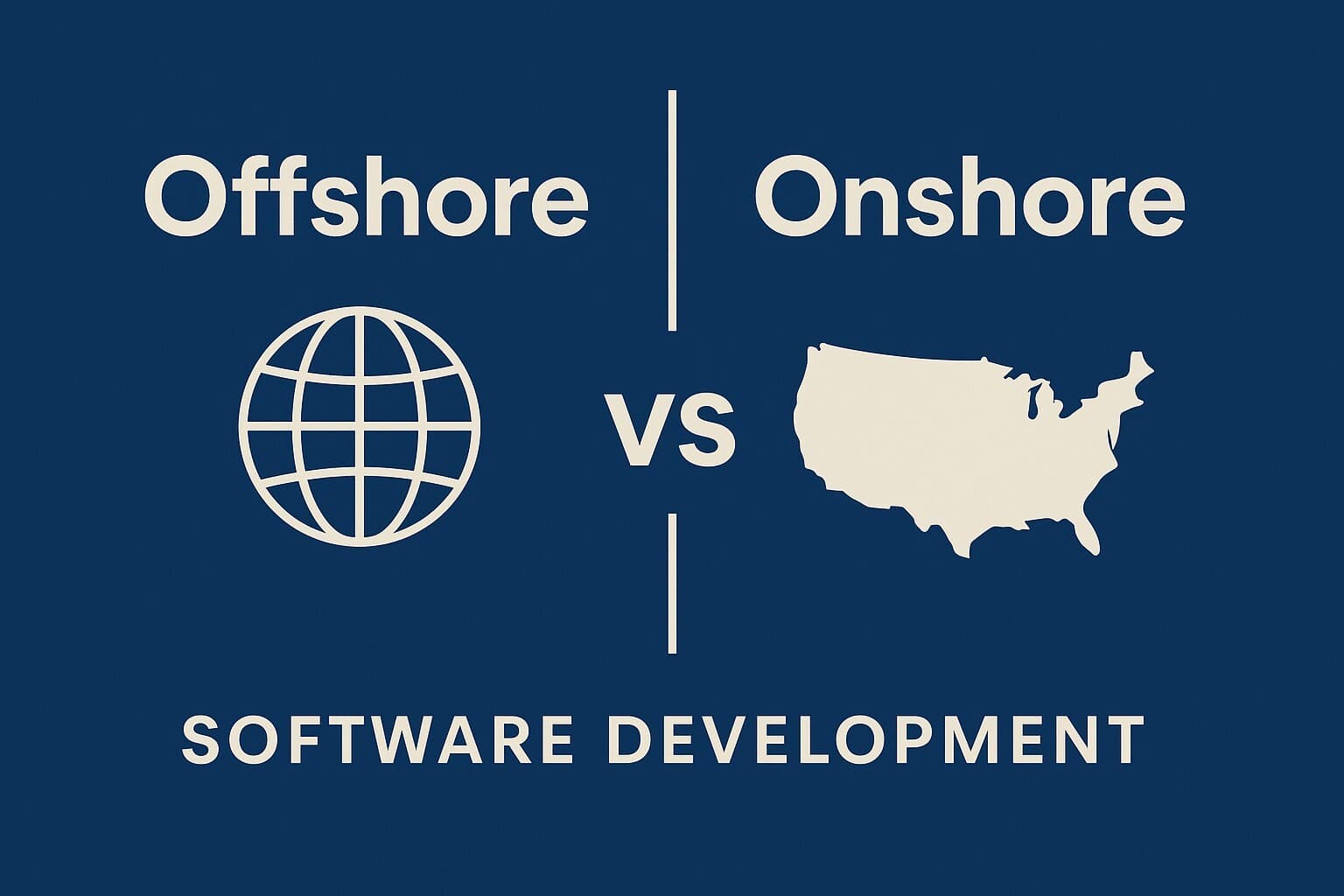
This report provides a comprehensive analysis of the trade-offs between offshore and onshore software development models. Offshore development offers notable cost savings, access to a global talent pool, and scalability, but introduces risks like communication barriers, quality control challenges, and security concerns that can lead to costly rework. Onshore development, while more expensive initially, provides superior communication, greater control, and better alignment with local market needs, minimizing long-term risks and maintenance costs. The report emphasizes that strategic decision-making should prioritize a thorough evaluation of total cost of ownership (TCO), project complexity, risk tolerance, and long-term quality outcomes rather than focusing solely on hourly rates. A balanced, holistic approach is critical to achieving successful, cost-effective software development.
Read MoreBy: Bryan Reynolds | 29 April, 2025
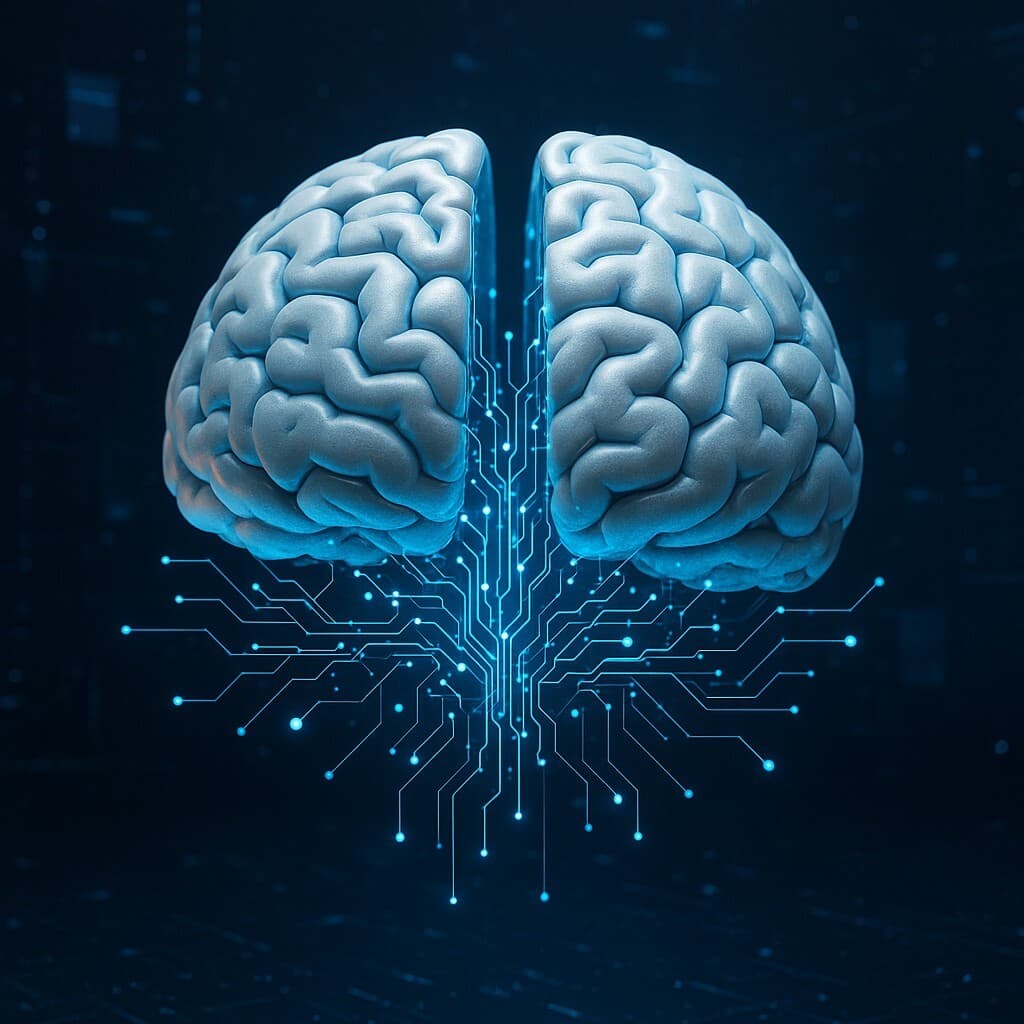
AI hallucinations—instances where large language models (LLMs) confidently produce false or misleading information—pose serious risks in finance, where factual precision is crucial. This article examines how hallucinations manifest in financial contexts, such as fabricated metrics, regulatory misstatements, and invented stock prices, leading to business risks like misinformed decision-making, compliance violations, financial losses, trust erosion, and litigation. Ethical issues, including privacy breaches, algorithmic bias, and lack of explainability, further complicate AI's role in finance. Practical solutions, such as domain-specific fine-tuning, retrieval-augmented generation (RAG), advanced prompting, guardrails, cross-verification, and continuous monitoring, are critical to minimizing hallucinations and ensuring AI systems operate ethically, accurately, and reliably.
Read MoreBy: Bryan Reynolds | 28 April, 2025
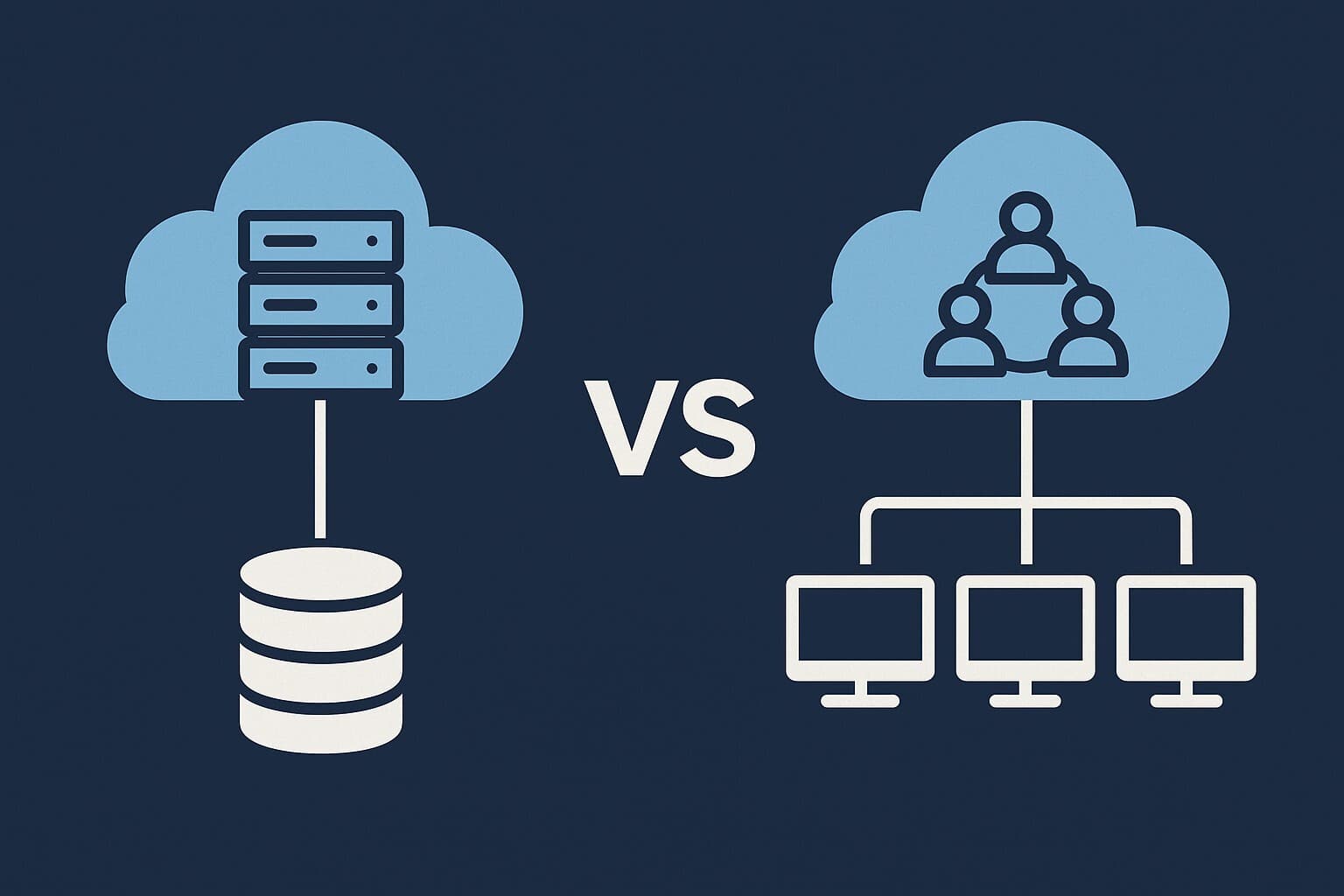
This article analyzes the comparative benefits of private versus public cloud solutions for mid-market companies, focusing on cost-effectiveness, security, and speed. Research shows that private clouds are often more cost-effective for companies with steady, large workloads, offering significant long-term savings, enhanced data security, and superior performance for mission-critical applications. Public clouds, by contrast, provide better flexibility and scalability for smaller or variable workloads but can become costly at scale. Mid-market companies must weigh their workload patterns, security needs, and growth strategies to determine the best fit, with hybrid models offering an effective compromise.
Read MoreBy: Bryan Reynolds | 25 April, 2025

.NET is a Microsoft-developed software framework (not a programming language) that enables developers to build various applications using languages like C# and F#. It remains highly relevant in 2025, having evolved from a Windows-only platform to a cross-platform solution with regular updates that keep it competitive. The framework is versatile, serving both backend and frontend development needs, though it's particularly strong in enterprise environments where performance and structure are priorities. .NET developers are in high demand, commanding strong salaries (averaging around $112,000 annually in the U.S.) due to the framework's widespread use in industry - approximately 25% of developers worldwide use modern .NET, and over one-third of websites run on .NET technology. While Python excels in data science and rapid prototyping, .NET continues to dominate in enterprise applications, financial systems, and Windows software development, making it a solid career choice with excellent growth potential.
Read MoreBy: Bryan Reynolds | 23 April, 2025

The blog explores v0.dev, Vercel's AI-powered UI generation tool, and how it transforms frontend development for businesses. It explains how v0.dev uses natural language prompts to produce production-ready React and Tailwind CSS code, helping teams rapidly prototype, streamline design-to-code workflows, and reduce engineering overhead. Key business benefits include faster MVP delivery, internal tool development without frontend expertise, UI consistency across products, and cost savings. The article also outlines pricing options and emphasizes v0.dev's potential as a strategic advantage in modern software development.
Read MoreBy: Jeff Skvorc | 07 December, 2024
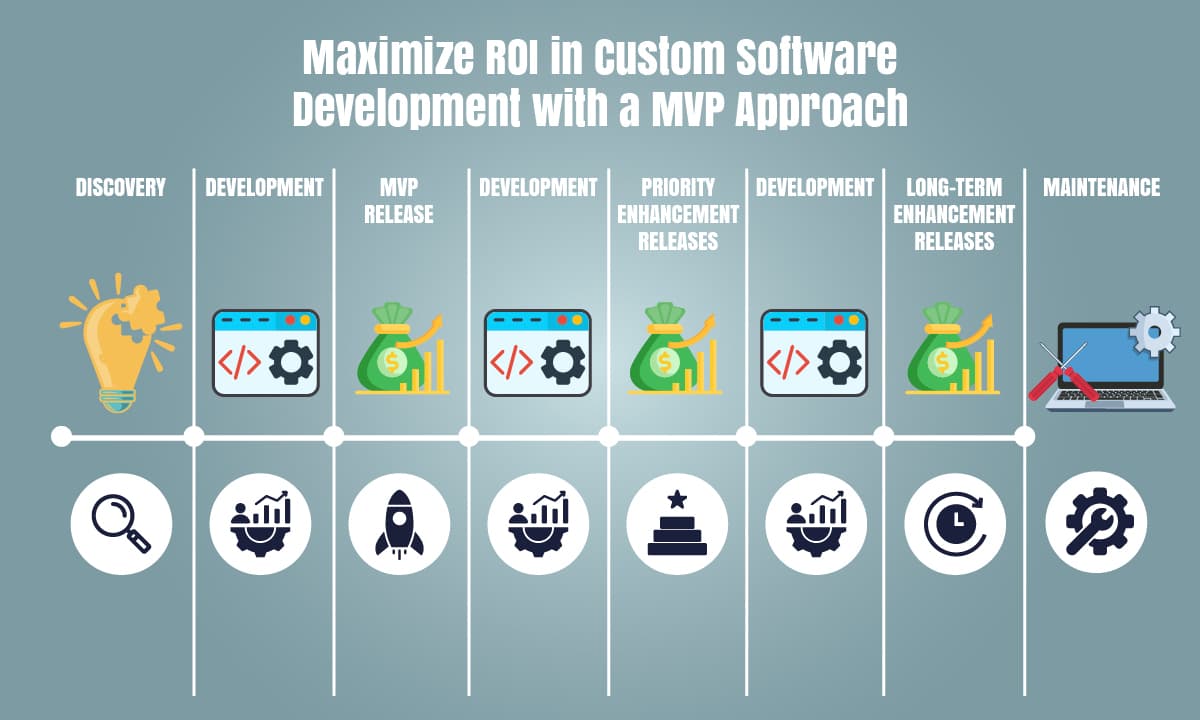
The Essential Guide to Understanding MVP: What It Is and Why It Counts. Discover the importance of MVP in product development. Learn what it is and why it matters for your business success. Read the article to find out more.
Read MoreBy: Jeff Skvorc | 18 November, 2024

Baytech Consulting is honored to be recognized as a 2024 Fall Clutch Global Award winner in several areas including Software Development, Web Development, and App Modernization. This award is a testament to the excellent client work we have delivered this year as recognized through the voice of our customers in their reviews on Clutch. Clutch Global Awards showcases the very best in the B2B services industry worldwide.
Read MoreBy: Bryan Reynolds | 09 October, 2024

Discover how low-code AI platforms are revolutionizing business efficiency by addressing key technical challenges. Learn about top platforms and how Baytech Consulting can tailor solutions to your needs.
Read MoreBy: Bryan Reynolds | 01 October, 2024

This guide explores the various factors influencing custom software development costs in 2024, including project scope, feature complexity, and the geographic location of development teams. It outlines typical pricing ranges and offers strategies to reduce costs, such as starting with a Minimum Viable Product (MVP) and leveraging open-source technologies. Baytech Consulting provides expert services in creating tailored, cost-effective software solutions that align with business needs and long-term goals.
Read MoreBy: Bryan Reynolds | 30 September, 2024
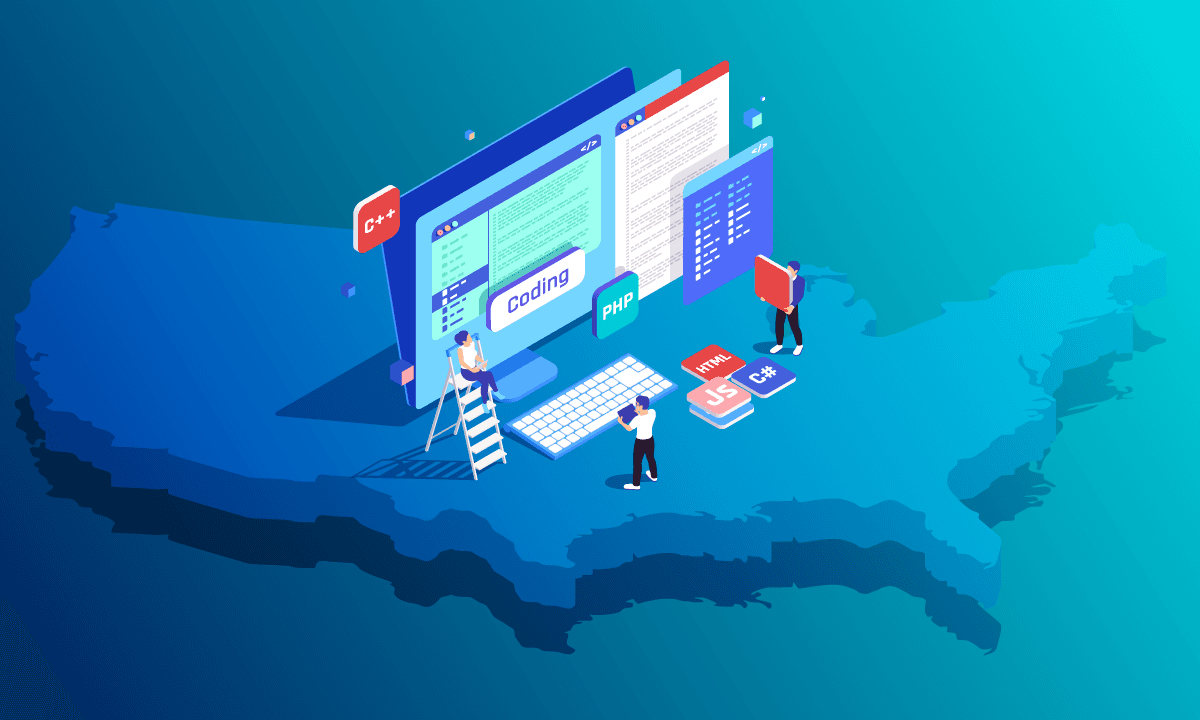
This article provides a comprehensive overview of website development services in the USA, covering key aspects such as selecting a development company, understanding the range of services offered, and managing development projects effectively. It emphasizes the importance of custom solutions, emerging technologies, and the benefits of hiring US-based companies, including structured project management and ongoing support. The article also discusses the web development process, success stories from leading companies, and the costs associated with website development, which can range from $10,000 for basic sites to over $300,000 for complex platforms. Overall, it aims to guide businesses in making informed decisions about their web development needs, highlighting the value of professional services in creating a strong online presence and achieving digital goals
Read MoreBy: Bryan Reynolds | 07 September, 2024
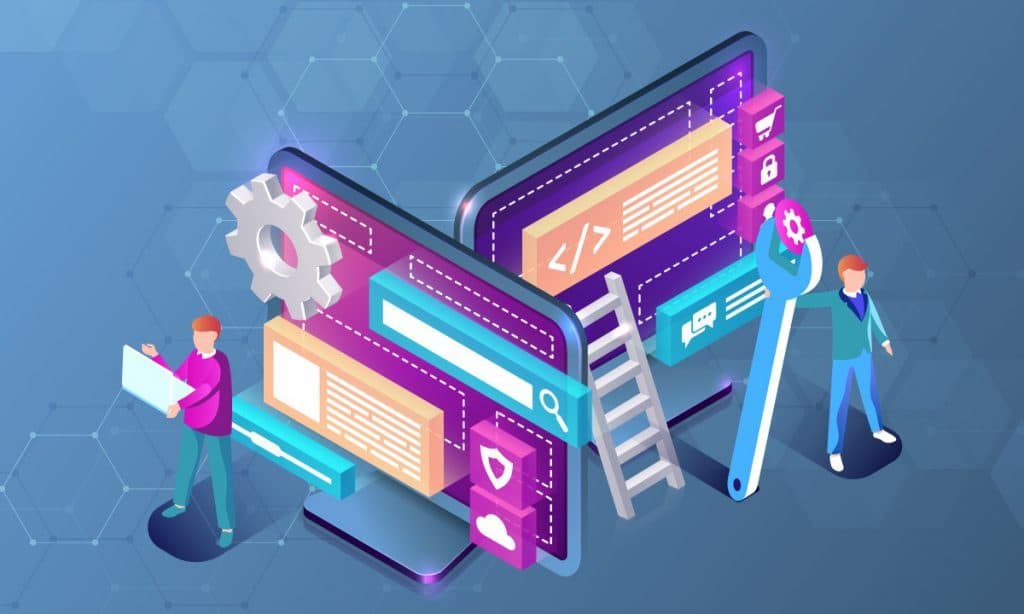
Software development is the process of creating and maintaining the various components of software, including applications and frameworks. This process takes the software from its original conception as an idea to its final manifestation, usually in a planned, structure manner. Software development may include many specific activities such as gathering requirements, prototyping, modification, testing and maintenance. Software is often developed separately from hardware and other applications, as occurs with system software. However, the development of embedded software such as that used to control consumer products, involves integrating the development of the software with that of the associated product.
Read MoreBy: Bryan Reynolds | 05 September, 2024

Baytech Consulting, a leading custom software development company, has revamped its website using cutting-edge technologies including Craft CMS, React, Next.js, and Vercel. This technological overhaul showcases Baytech's commitment to innovation and results in dramatically improved performance, enhanced user experience, and greater development flexibility. The website update not only demonstrates Baytech's software development expertise but also reflects the high-quality, scalable solutions clients can expect from their services.
Read MoreBy: Bryan Reynolds | 01 August, 2024

An organization that needs new software should first determine whether an existing solution or a custom solution will provide the best value. If it chooses to develop its own software, the next major decision is often choosing between onshore and offshore developers. This process requires careful consideration of many factors, including development time and costs. Other critical factors for selecting a software developer include differences in communication style, culture and time zones.
Read MoreBy: Bryan Reynolds | 18 July, 2024
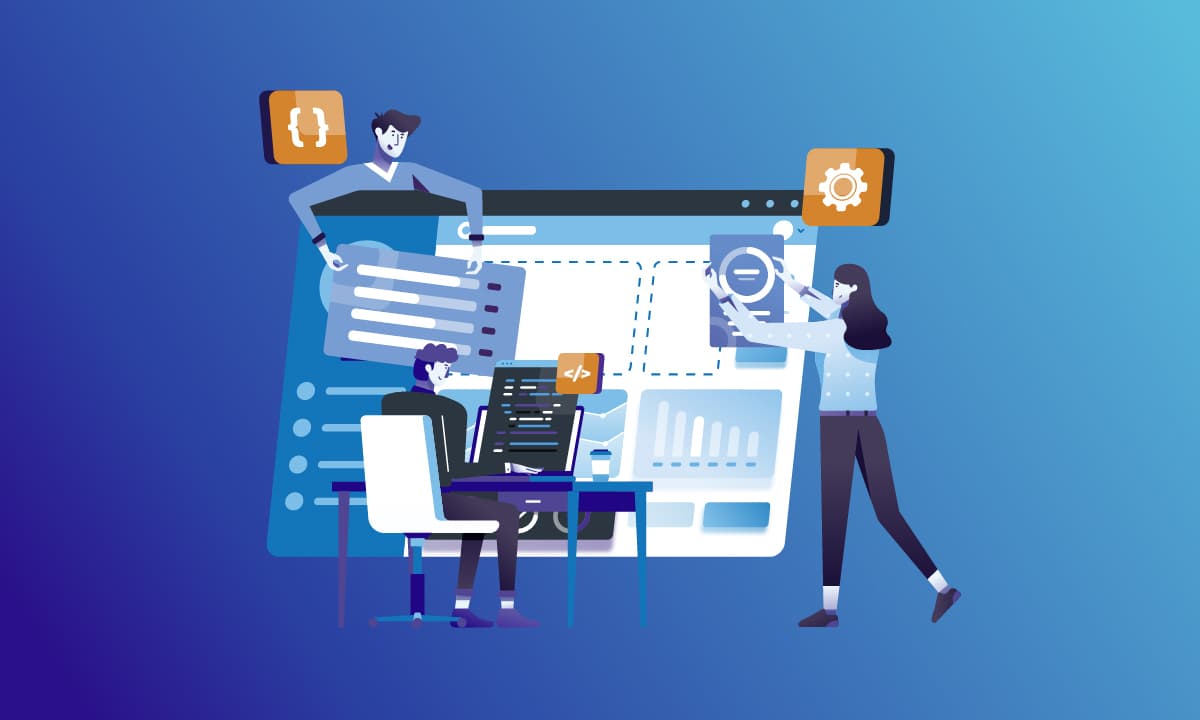
Agile software development, born from iterative methods dating back to the 1950s, prioritizes collaboration and adaptability. It challenges traditional waterfall approaches, offering frameworks like Scrum and Kanban to enhance productivity and innovation across industries beyond software. Exploring the evolution, frameworks, benefits, and future trends of Agile methodologies, this article delves into its history, application across industries, and its transformative impact on software development and beyond.
Read MoreBy: Bryan Reynolds | 18 July, 2024
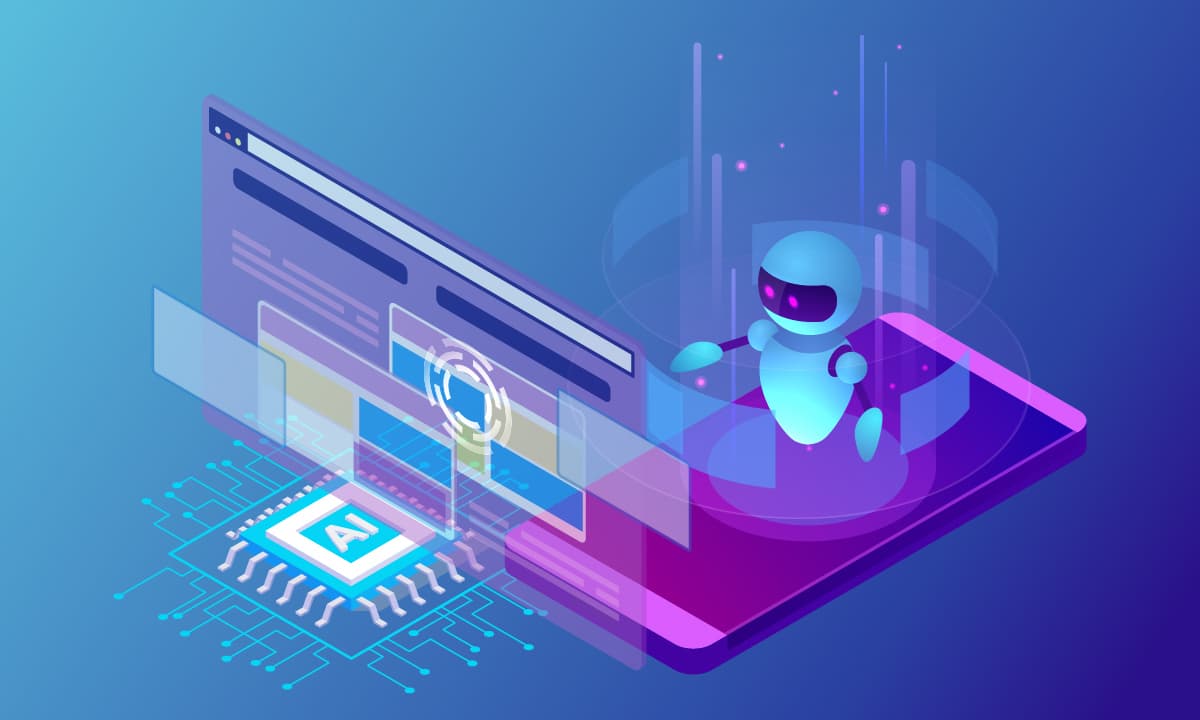
The article explores the evolution of AI chatbots, with a focus on OpenAI's ChatGPT. ChatGPT, based on GPT-3, offers versatile applications ranging from customer service to software engineering. Market projections anticipate significant growth in AI software, particularly in chatbots utilizing natural language processing. Despite its potential, chatbots pose risks like providing inaccurate information, necessitating robust data governance policies. The competition between ChatGPT and Google's Bard underscores the dynamic landscape. Microsoft's substantial investment in OpenAI for ChatGPT development, alongside Bing's upgrade to use GPT-4, reflects the intensifying rivalry in AI-based services. Read further to learn about the emergence of AI chatbots, their diverse applications, market prospects, associated risks, and competitive dynamics.
Read MoreBy: Katarina Rudela | 07 February, 2023

With cyber security an increasingly common concern for millions of people, developing software that features robust security measures built-in is essential for delivering confidence to the end user. Find out how security and DevOps are reshaping software development to meet these new challenges.
Read MoreBy: Katarina Rudela | 31 January, 2023

Custom mobile apps are essential for businesses to connect with customers and reach their target audience. Find out how custom mobile apps can be used to increase your ROI and foster a loyal and fully engaged customer base.
Read MoreBy: Katarina Rudela | 27 December, 2022

Many possible approaches to software testing exist, based on their components and the emphasis given to each one. These approaches often have names based on the shape of their graphical representation, such as pyramid testing. This method has been in common use for decades, but a variation known as the trophy is a more recent development. Today’s testing teams often compare pyramid testing with trophy testing when deciding how to test software.
Read MoreBy: Katarina Rudela | 16 December, 2022
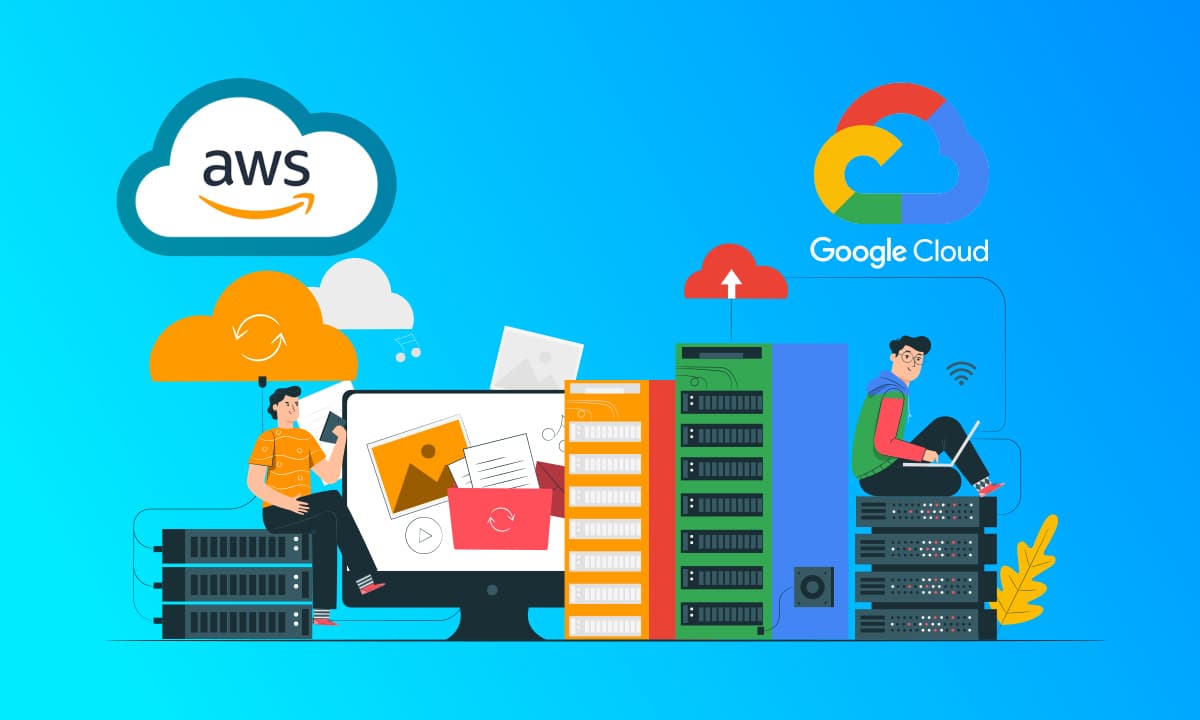
Cloud computing provides a number of advantages, including cost reduction, scalability and security. However, the decisions needed to make this transition continue to become more complex as additional providers enter this sector. Emerging technologies also increase the combinations of components that may comprise a cloud infrastructure. Like other industries, a few companies like Amazon Web Services (AWS) and Google Cloud Platform (GCP) have risen to the top and remained there over time.
Read MoreBy: Katarina Rudela | 29 November, 2022
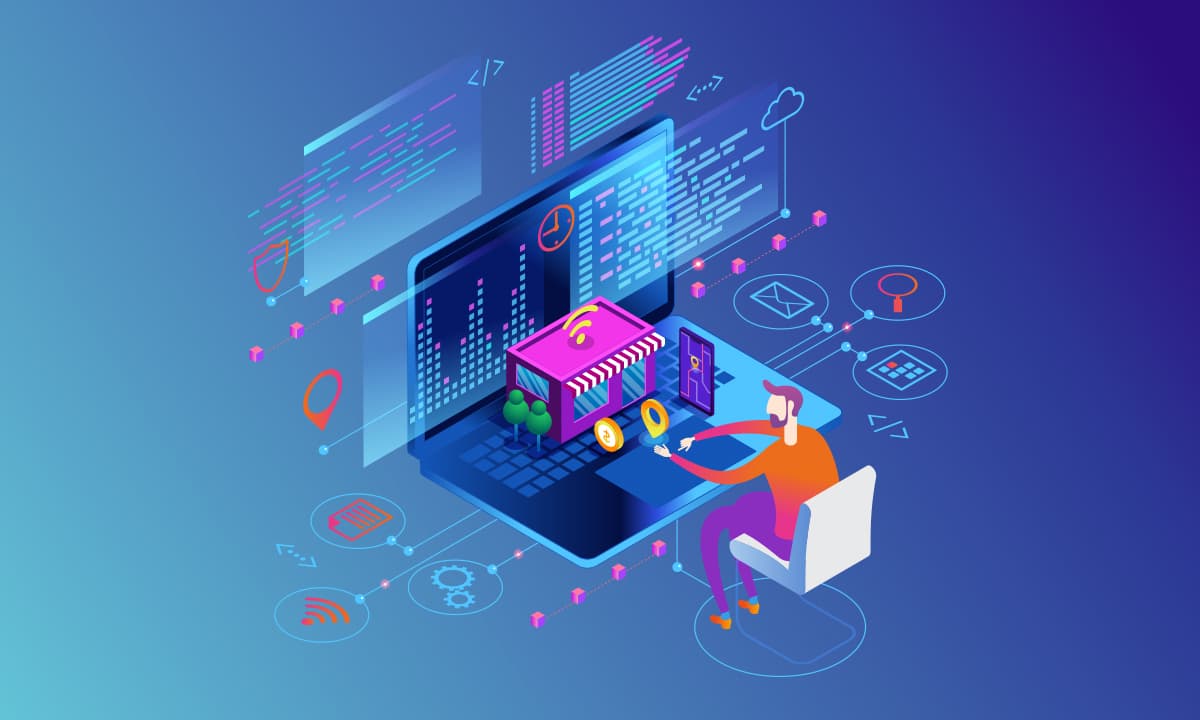
All modern businesses use software to some extent, even when it isn’t a core component of their operations. However, the importance of software generally increases as a company grows, often reaching a critical point when commercial off-the-shelf (COTS) is no longer adequate. In these cases, a business may need to invest in developing software to fill gaps in its current capabilities, whether it’s to add new features or fix existing ones.
Read MoreBy: Katarina Rudela | 25 October, 2022

Data migration is often a process full of complexities and hassles. In order to help you migrate your organization's data to the cloud in the most efficient and secure way possible, we'll take a look at the data migration strategies and tools that you will want to employ as well as the data migration risks that need to be mitigated. Check out our latest blog to learn more about the strategies, tools, and risks you need to be aware of heading into your next data migration project.
Read MoreBy: Katarina Rudela | 04 October, 2022
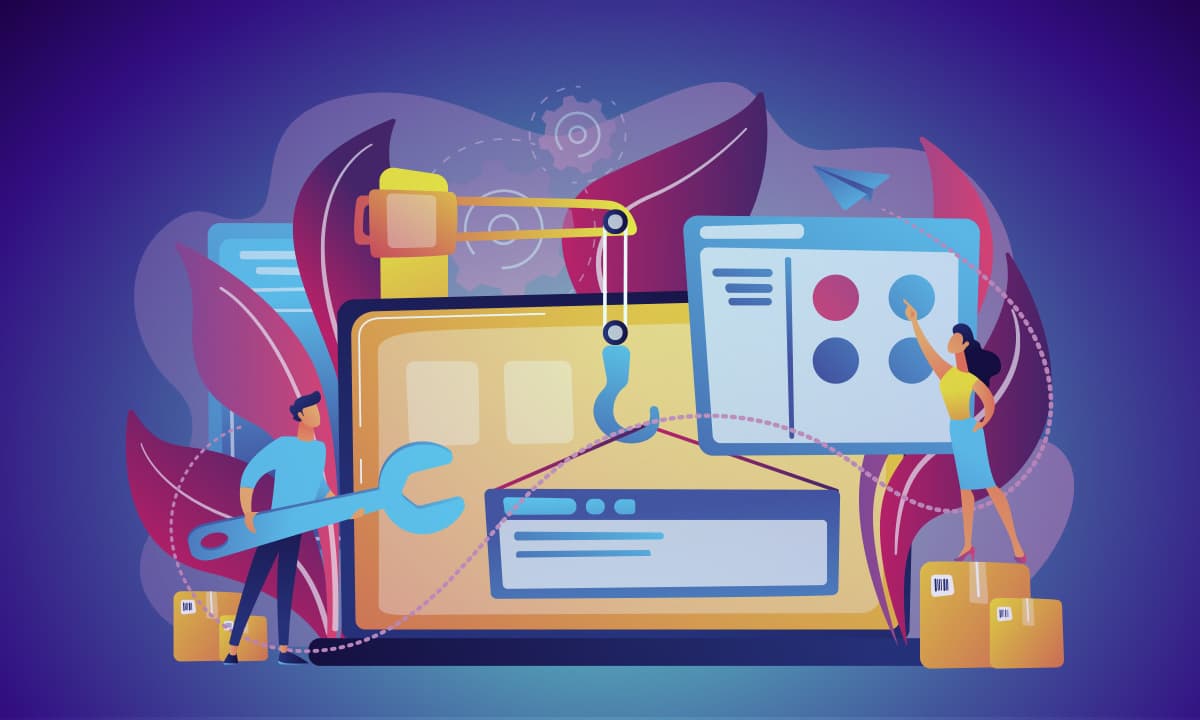
Software development is evolving rapidly, with rapid innovation being a dominant trend. The increasing rate of technological advances and market competition have combined to create an environment in which adapting quickly to change is essential for survival. In particular, prototyping has become the standard approach to software development for many developers, although other methods still exist. Prototyping is especially helpful for applications where user requirements change during development.
Read MoreBy: Katarina Rudela | 08 September, 2022

Modern businesses frequently find they need new software to remain competitive, especially in crowded markets driven by rapidly advancing technology. The decision to implement software often comes down to a choice between custom and commercial-off-the-shelf software. Custom software has a higher up-front cost, but its maintenance costs are often lower since it probably won’t require as many changes going forward. Organizations making this decision must also consider the longer implementation time of custom software.
Read MoreBy: Katarina Rudela | 28 June, 2022

Environment, health and safety (EHS) software is becoming more common due to the increasing importance of these issues. Many companies have now implemented this type of software, even those that don’t specialize in EHS. For those that do, tightening regulations and emerging technologies often mean that an organization benefits from custom-built EHS software. These solutions include a range of capabilities, depending on the user’s specific requirements.
Read MoreBy: Katarina Rudela | 29 April, 2022

Continuous delivery is a software development practice that offers a wide range of benefits, from faster times to market to lower costs to higher quality products. However, continuous delivery is also a practice that entails a number of hurdles that must be overcome. To help you overcome these hurdles in order to enjoy the many benefits offered by the continuous delivery approach, we'll cover everything you need to know about continuous delivery, including what it is, how it works, and the important pros and cons to consider before you decide if continuous delivery is the right approach for your next software development project.
Read MoreBy: Katarina Rudela | 28 February, 2022

There are several factors to consider when planning and implementing a great user experience for your application or website. In this article we examine in more detail the types of user experience to consider, how this plays a pivotal role in the development of software, the costs, return on investment, and best practices associated with the successful implementation of UX/UI for your next project.
Read MoreBy: Katarina Rudela | 20 January, 2022

Modern software development is usually a complex process involving many team members with a variety of skill sets besides the ability to write code. This team’s structure is therefore a key component in a development project’s long-term success. There is no one-size-fits-all structure that works for all projects, but assembling an effective team usually involves more than simply finding a group of experienced developers.
Read MoreBy: Katarina Rudela | 05 January, 2022
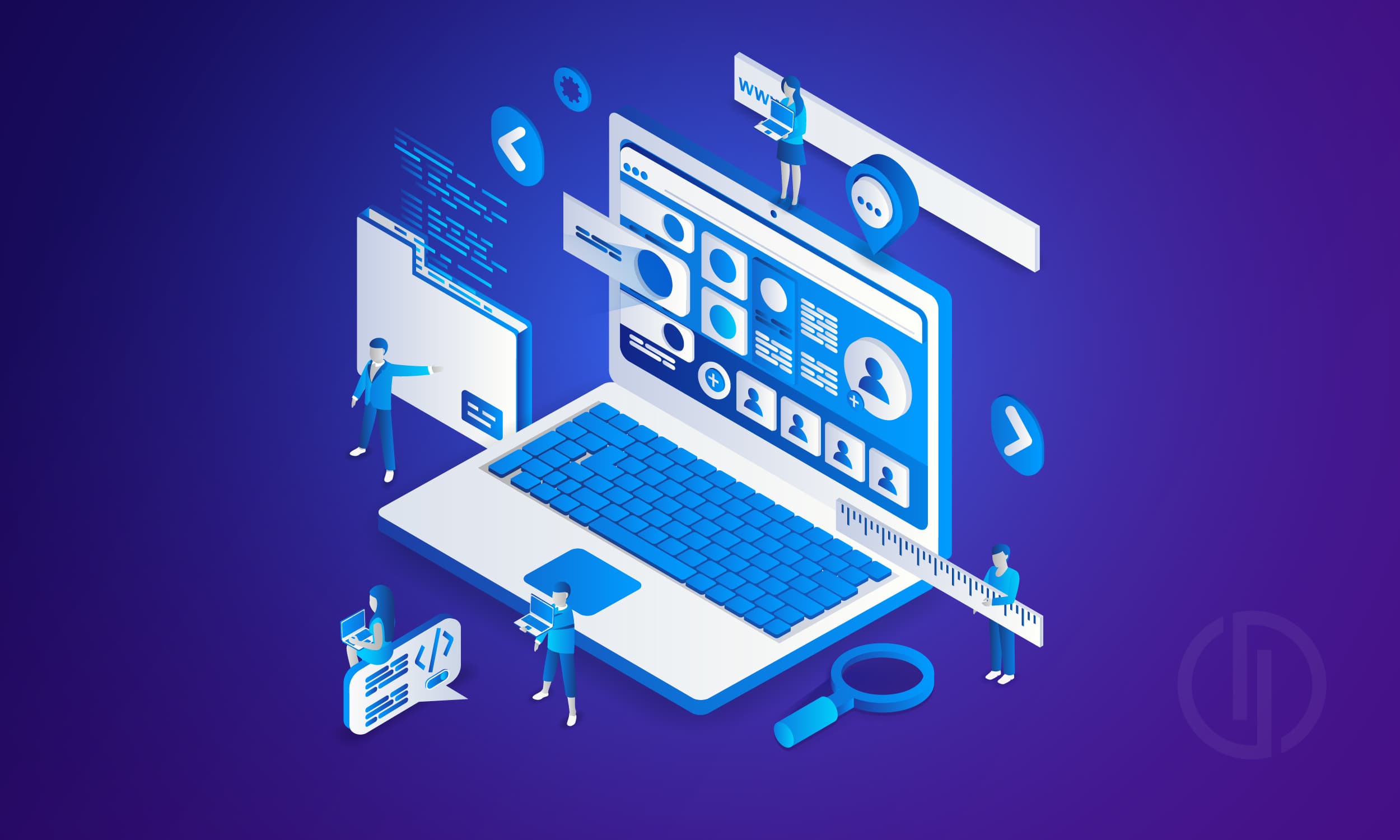
Our latest post covers trends in software development for 2022. The rapid rate of change makes it more challenging to predict trends in this space than other sectors, especially when you consider the changes that occurred this year. However, some basic tendencies will serve as the basis of change for the next year. These trends derive from both technological advances and socioeconomic changes, many of which are the result of the COVID-19 pandemic that began sweeping the globe in 2020. Some of the most significant software development trends to watch for in 2022 include cloud technology and big data security.
Read MoreBy: Katarina Rudela | 22 December, 2021

AI tools and technologies are having a major impact on numerous areas of the software development process. To learn more about the various ways that AI is poised to empower software developers heading into 2022, be sure to check out our latest blog article.
Read MoreBy: Katarina Rudela | 16 December, 2021

Are you using Amazon Web Services for your company's digital assets? If you are, it's important that you consider what kind of certifications you, your employees or your contractors have when interacting with those services. Discover how an AWS certification can make a huge difference in your company's bottom line.
Read MoreBy: Katarina Rudela | 02 December, 2021
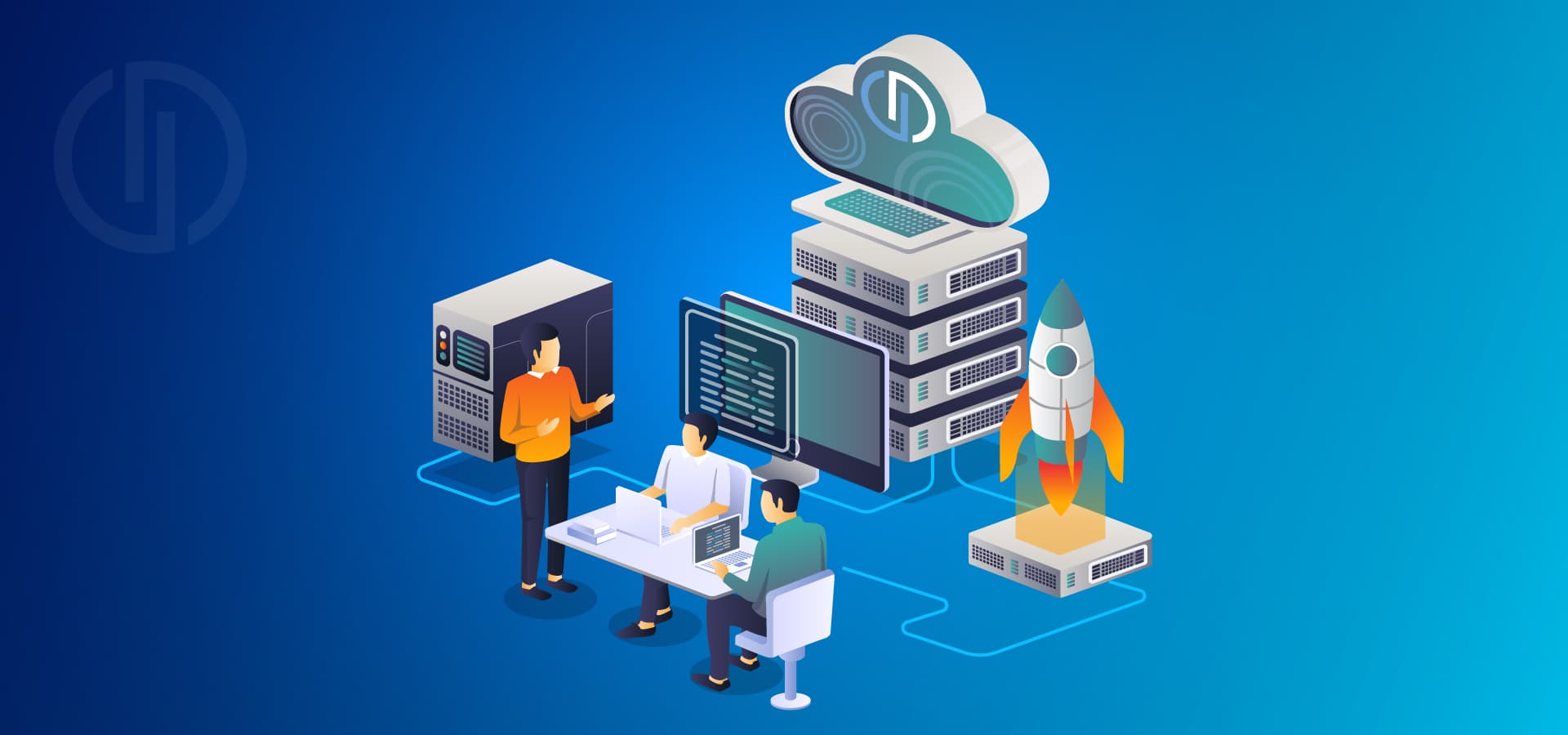
This article discusses progressive web applications (PWA), which is the latest method of delivering apps to website visitors. It also compares PWAs with traditional native apps, providing readers with the most important points to consider when choosing between these two approaches.
Read MoreBy: Katarina Rudela | 26 October, 2021

HCI is an increasingly important feature of IT infrastructure because it allows administrators to manage many systems as a single, shared resource. However, traditional solutions like VMWare can be very expensive, even for enterprise software. Our post on Harvester discusses how this open source solution has the power to disrupt the HCI space through its lower cost and other benefits. It also covers Harvester’s ease of implementation.
Read MoreBy: Katarina Rudela | 16 September, 2021

Effective SaaS security is a vital concern for any company that employs SaaS applications. To help business managers keep their company's sensitive data secure, we've developed a guide that covers everything you need to know about how to mitigate the various security risks posed by the SaaS model. In this article, we explore the security risks that are present in the SaaS model as well as the steps that business managers can take in order to ensure that the SaaS solutions that they employ are as secure as possible.
Read MoreBy: Katarina Rudela | 31 August, 2021

A quick search on the differences between transactional email and traditional marketing email shows that the distinction between the two is often blurred. This is especially true when it comes to the regulatory requirements for these types of email, which vary greatly between countries. Transactional email generally has fewer restrictions on its use, providing more uses cases and opportunities for increasing revenue. This type of email also has its own set of applications and best practices.
Read MoreBy: Katarina Rudela | 09 August, 2021

This article describes the differences between custom software and off-the-shelf software, primarily for the purpose of an organization selecting their software acquisition path. Understanding the differences between custom and commercial off-the-shelf software (COTS) is the first step in deciding on the option that meets your organization’s software requirement. The distinction between these two types is becoming blurred as today’s businesses continue to combine the two types with increasing frequency.
Read MoreBy: Bryan Reynolds | 04 May, 2021

WordPress has built over 60 million websites, making it the world’s most popular Content Management System (CMS). It has about one-third of the CMS market share, significantly more than any of its competitors. However, that doesn’t necessarily mean it’s the best, as WordPress is well known for problems such as security breaches, simple templates and inefficient code.
Read MoreBy: Bryan Reynolds | 12 March, 2021
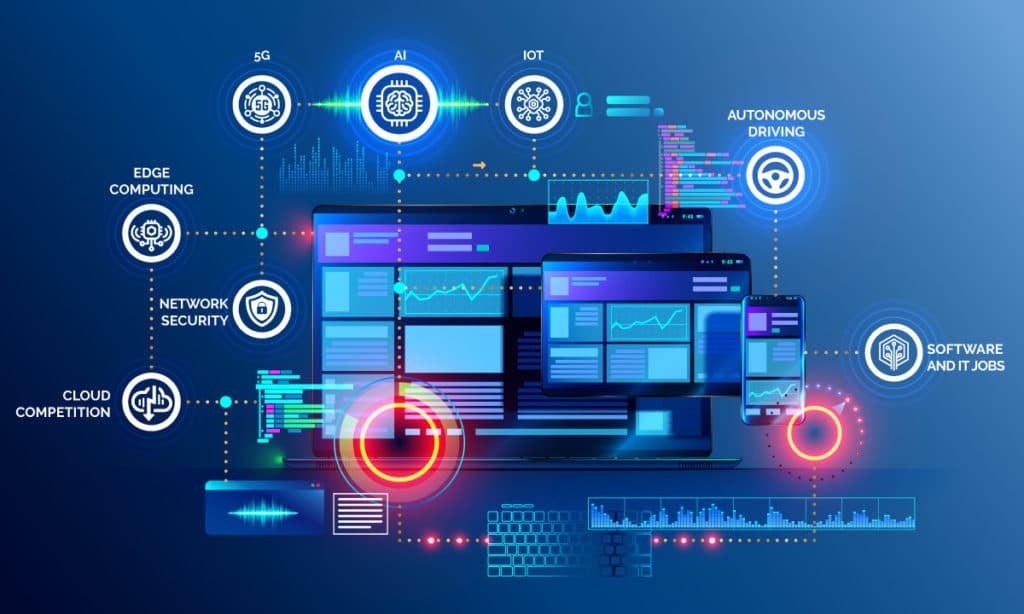
It’s no secret that technology changes quickly. In fact, every 18 months, computer processing speeds double, which is evidence in itself of the everchanging and upcoming tech trends. We could ramble on about NEW software trends that will take the world by storm in 2021, but we believe there are so many out there, that writing about them would not do them justice.
Read MoreBy: Bryan Reynolds | 01 March, 2021

As the internet becomes more complex, so do the users' needs. They expect quick, always-on on and easy-to-use web platforms. For businesses that use their website to educate and attract new customers, there are generally multiple pages, functions, and user experience features that must be factored in when a web platform is created.
Read MoreBy: Bryan Reynolds | 26 May, 2020

Software often fails to meet its users’ needs over time, whether it’s the result of changing requirements or the availability of a better product. This event presents an opportunity for improvement that should minimize risk while maximizing return on investment (ROI). In particular, you’ll need to decide if your current software can do its job with some modifications, or if it’s time to buy a new product. This process is particularly challenging for enterprise software, which typically includes many discrete applications.
Read MoreBy: Bryan Reynolds | 20 May, 2020
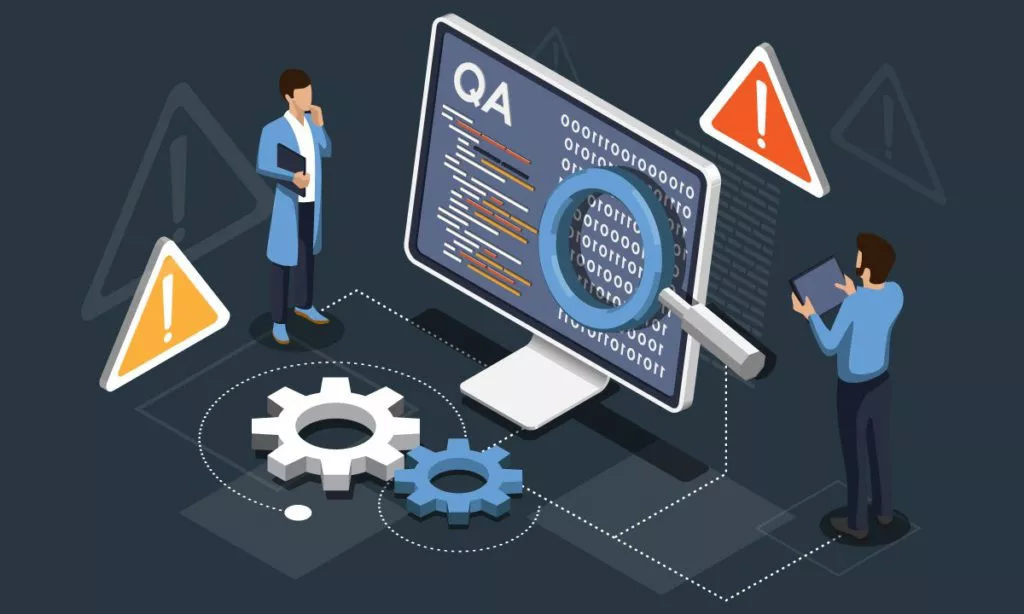
The International Organization for Standardization (ISO) and International Electrotechnical Commission (IEC) defines software maintenance as the modification of a software product after delivery, typically for the purpose of correcting faults or improving performance. The importance of software maintenance is becoming increasingly important due to the accelerating rate of hardware obsolescence.
Read MoreBy: Bryan Reynolds | 09 May, 2020
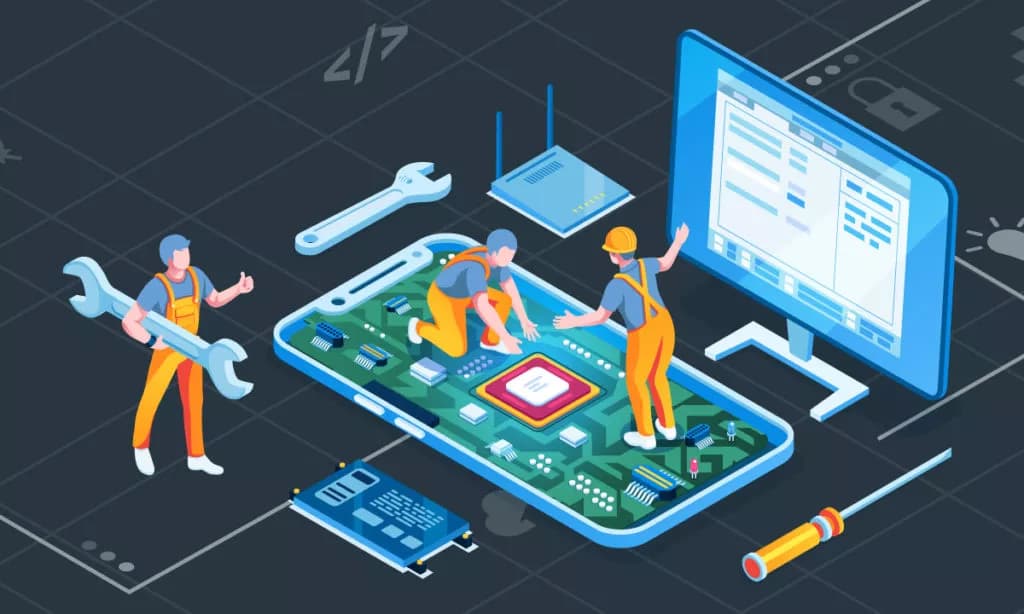
The Institute of Electrical and Electronics Engineers (IEEE) describes software maintenance as the modification of software after delivery to the user. The reasons for these changes include correcting faults, improving performance, and adapting the software to changes in requirements. All software requires maintenance, even when the software, its operating environment, and its requirements are completely stable. Minimizing maintenance costs becomes more important as the software’s complexity increases since they often exceed the initial cost of developing the software.
Read MoreBy: Bryan Reynolds | 31 March, 2020

A web application framework (WAF), also known as a web framework (WF), supports the development of web applications, which includes web application programming interfaces (APIs), web resources, and web services. Web application frameworks standardize the approaches developers use to build and implement web applications, largely by automating everyday tasks. For example, they often include libraries of routines that perform tasks like database access, session management, and creating framework templates. This routine helps promote the reuse of code, which reduces development time.
Read MoreBy: Bryan Reynolds | 09 March, 2020

Technology plays an increasingly important role in our lives, especially in areas such as shopping, customer service, and social interaction. Anyone building a business today should be looking for ways to innovate their online marketplace, whether it’s simply streamlining existing processes or actually disrupting them. However, innovation is particularly challenging when software development isn’t one of a business’s core competencies.
Read MoreBy: Bryan Reynolds | 17 February, 2020

In a recent announcement, research and digital insights firm Gartner made a bold prediction. The firm expects that artificial intelligence-powered technologies like chatbots and virtual assistants will take on as much as 69% of the average manager’s routine work within just four to five years.
Read MoreBy: Bryan Reynolds | 11 February, 2020

Here at Baytech Consulting, we love to empower our clients by helping them better understand the software development industry. We know you don’t have the time or resources to become experts in this industry. We get it: you’re focused on making your business succeed, and that involves a lot of things that aren’t software development.
Read MoreBy: Bryan Reynolds | 27 January, 2020

The new year is here and the rush to be faster, better and more connected is on. Brands are focusing more than ever before on connecting with end users, incorporating machine learning tp better assess collected data and even the rise of 5G connectivity to speed information to users more swiftly than ever before. Expect to see growth in all sectors and across all industries as brands work to use technology to become more efficient and productive — and more profitable than ever before.
Read MoreBy: Bryan Reynolds | 19 January, 2020
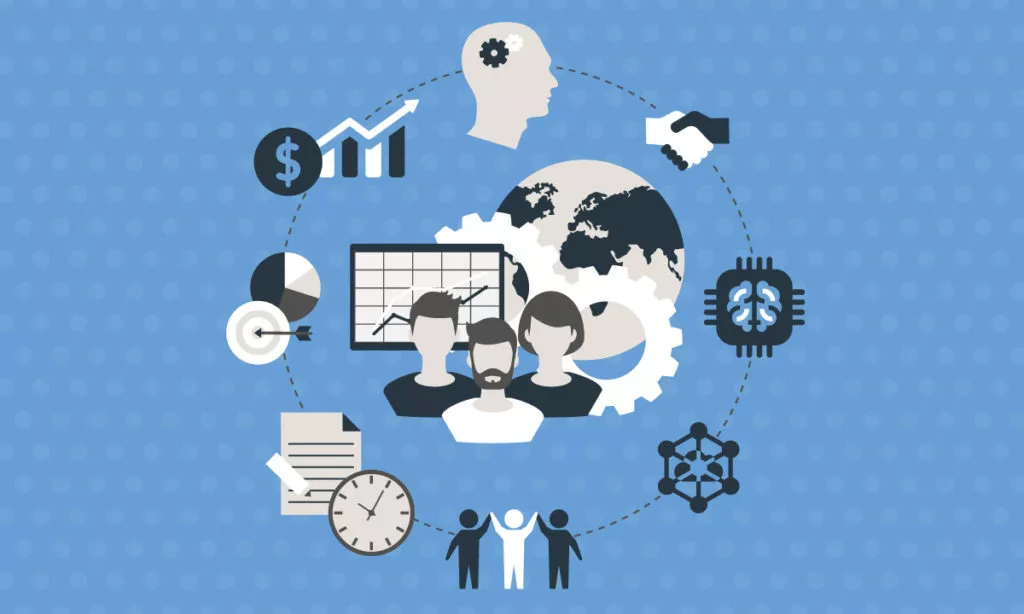
Software development as an industry can be pretty challenging to understand if that’s not the core of what you do. Here at Baytech Consulting, a web application development company, software development is the core of our business, and we want to help you better understand the way this industry works.
Read MoreBy: Bryan Reynolds | 01 January, 2020

Throughout a wide range of industries, outsourcing software development to a dedicated software development company has become a growing trend. But why exactly? What are the advantages of software development outsourcing? Full disclosure: Yes, this is a service we offer at Baytech Consulting, so yes, we’re in support of it. But we’ve also been at this for a while now, and we have a pretty good handle on why outsourcing software development works so well.
Read MoreBy: Bryan Reynolds | 25 December, 2019
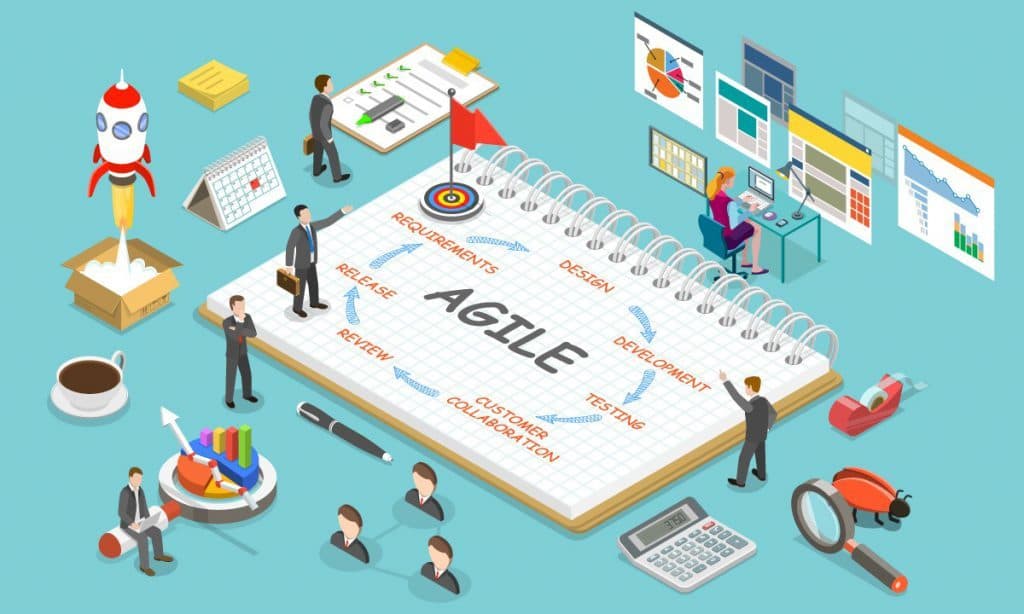
Agile software development emphasizes the evolution of requirements and solutions through the collaborative efforts between the development team members and the project’s customers. These teams are cross-functional and self-organizing, standing in sharp contrast to traditional development teams. The Agile methodology advocates an adaptive approach to planning that values early delivery and continual improvement, even when user requirements change frequently. The Manifesto for Agile Software Development describes the values and principles of Agile development, which is based on earlier frameworks such as Kanban and Scrum.
Read MoreBy: Bryan Reynolds | 15 October, 2019

The project manager role has taken on a greater amount of prominence in the past decade. This is true across numerous industries, including the software development industry. Still, there is plenty of confusion about what a project manager does, as well as about what project management is—and isn’t.
Read MoreBy: Bryan Reynolds | 08 October, 2019

Progressive web apps are getting a lot of buzz, but what does that mean for you? Are they the future of mobile interaction? Can they help your business? Our progressive web app client guide will help to answer these questions and more.
Read MoreBy: Bryan Reynolds | 28 September, 2019

Artificial intelligence is beginning to change and improve software development. Over the next decade, we expect this trend to continue as machine learning improves the capabilities of AI-powered systems that help with software development. Read today’s blog post to understand how artificial intelligence is already affecting software development and get a glimpse where things are heading.
Read MoreBy: Bryan Reynolds | 08 September, 2019

No matter the business that one may be in, mobile apps are becoming an increasingly important part of capturing and maintaining market share. With so many companies seeking to develop mobile apps, a hot topic over the last few years has been whether it is best to go with a native app, a browser-based web app or a hybrid that uses features of both.
Read MoreBy: Bryan Reynolds | 04 September, 2019

Software prototyping is one of the many services that Baytech Consulting offers. For many firms it’s the undisputed best choice for software development, especially when working with a vendor like us for that development.
Read MoreBy: Bryan Reynolds | 31 August, 2019
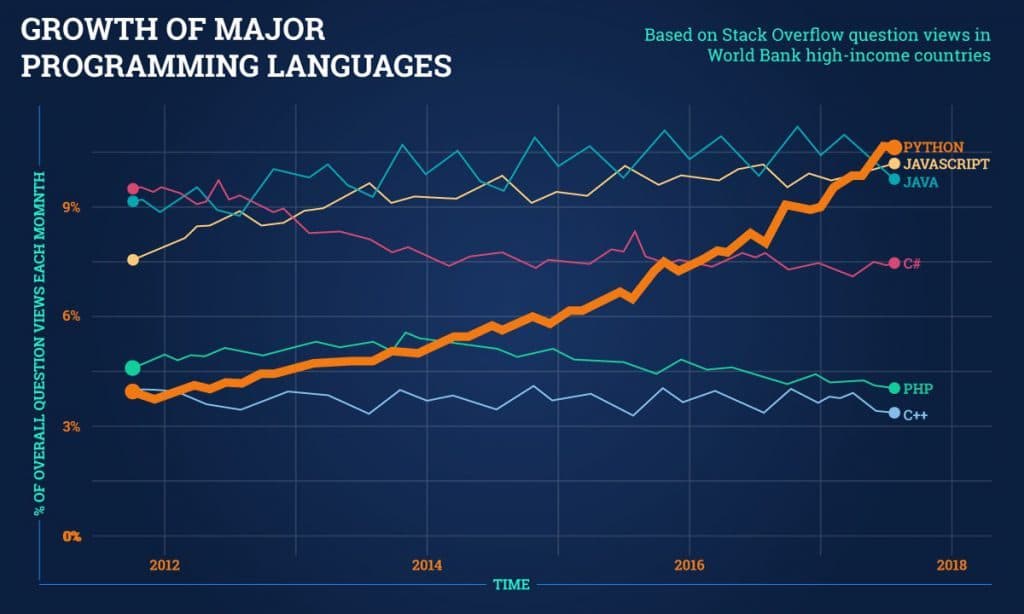
Python is an ever-increasingly popular programming language, and that trend continues in 2019 and beyond. Just how popular is Python? According to Github’s Octoverse research project, it’s trending high by all sorts of metrics. Measuring by repositories created, Python is #3 and is on a meteoric climb, behind only Java and Javascript.
Read MoreBy: Bryan Reynolds | 21 August, 2019

Over the last 10 years, one of the hottest and most controversial issues in the world of business has been outsourcing, typically from developed countries like the United States to poorer, developing ones. This has especially been true in the world of software development where many companies have opted for the far-cheaper services of programmers in the developing world, who are often able to passably compete with their stateside counterparts on skills while dramatically undercutting them on price.
Read MoreBy: Bryan Reynolds | 22 July, 2019

If you need to develop custom software or upgrade your existing enterprise software, you have options. You can opt for in-house development or you can outsource it to a well-reputed software house. What is In-House Development? In-house development refers to building a software within your own company, utilizing your own resources and workforce. This may require you to hire an in-house developer to undertake your software project.
Read MoreBy: Bryan Reynolds | 02 July, 2019

As a custom software development company focused on quality, our mission to deliver our clients’ visions on time, on spec, and on budget. Since we first opened our doors in 2007, software, the web, and apps have all changed in how they are developed and how the world uses them. We’ve kept up with the times and are proud to announce that we have received a Clutch Leader Award among software developers in Los Angeles!
Read MoreBy: Bryan Reynolds | 18 June, 2019

Software is making its way into almost every area of our lives. All around the world, businesses are becoming increasingly dependent on software-based systems because they improve business process efficiency. If you’re considering revamping your existing software system or adopting a brand new one, there are many factors you need to keep in mind.
Read More

